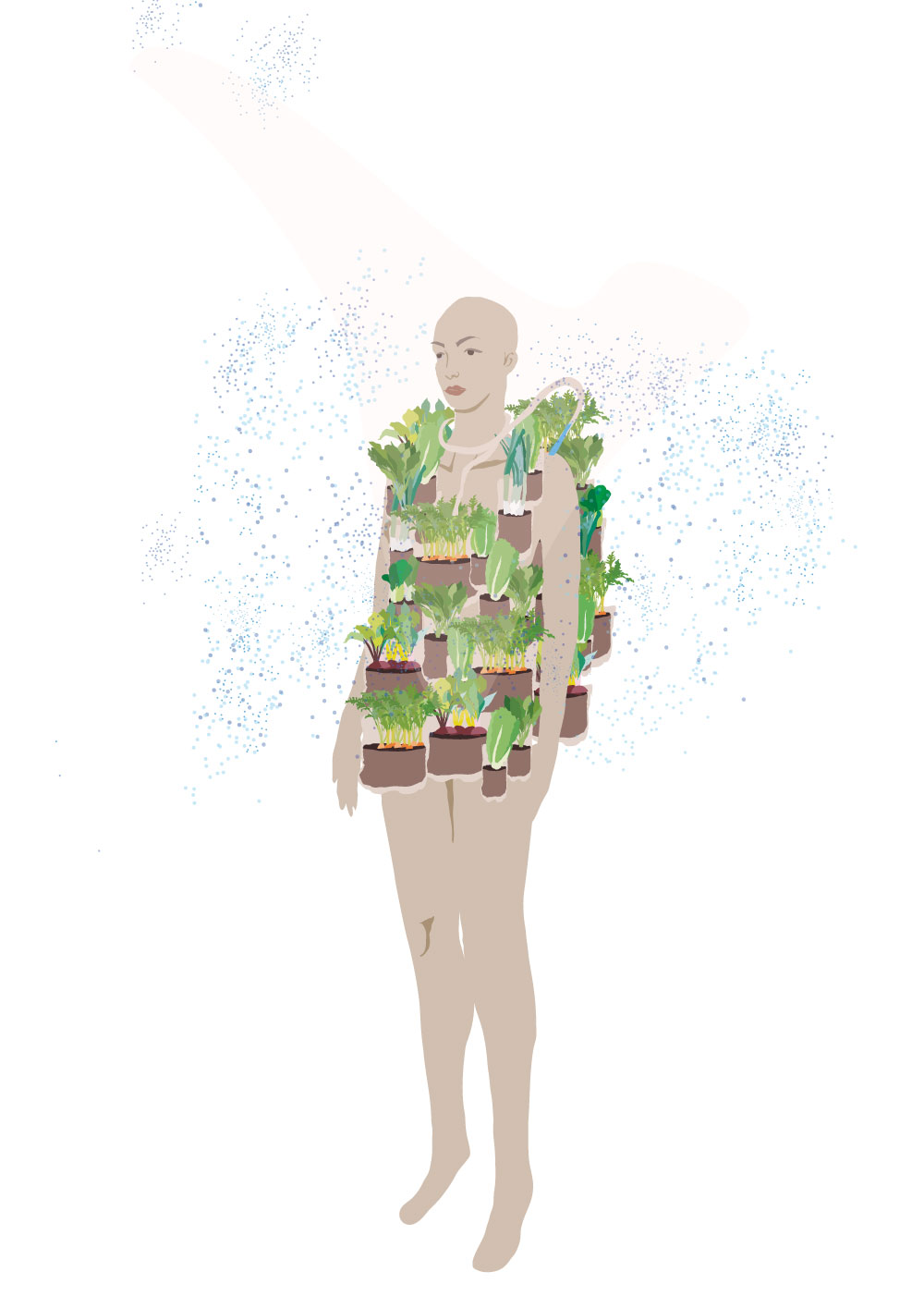

CLIMATE
NOMAD
2020
SELF-SUSTAINABLE LIVING ON THE MOVE.
by Ariadne Avkiran & Iris C. M. Frank
Our planet and fellow earthlings have experienced terrible tragedies over the last years and decades. Scientists have declared human-induced global warming as a major cause for mountain glaciers and ice sheets melting, sea levels rising, severe droughts and bush fires spreading. Not only has this cost too many people’s lives, but also left millions of people homeless and seek refuge some place else. The disruption of our fragile eco system has already initiated an inevitable climate migration on a global scale. According to the Internal Disruption Center, over 16 million people have been displaced due to weather related disasters in 2018.
In times of climate crisis, our project gives a glimpse into a possibly near future and offers one feasible solution for a challenging and precarious scenario. We imagine small groups of 3-6 people who are driven out of their homes traveling together, sort of camping or wandering like nomads over a longer period of time, searching for a new place to settle down. In this scenario, means of transportation are an unreliable and uncertain factor, since fossil fuels and resources might be limited or restricted. Larger urban settlements might be overwhelmed with the number of refugees flowing in, which is why we focus on finding an alternative that is l ess dependent on urban infrastructures. We want to build a wearable object that can grow small, fast-growing plants like radish, watercress, spinach, spring onions, carrots and bok choy. This piece is ideally made from recycled plastic fibres and containers, consisting of several smaller and bigger pods and constructed in a way that it can be mounted, put securely in place or strapped on when on the road.
Our fresh-veggie-survival-kit is designed to offer people affected by the rising sea levels in the temperate and partly the subtropical zone a mobile way of self-sustainable living. The individual pods are connected by small tubes connected to an integrated watering system which reuses every drop of water efficiently. In a similarly efficient manner, the green waste from the produce can be composted in a small compartment designed for that purpose - if there is any, since most of the greens are edible. In addition to these features, a small impermeable storage is designed to keep seeds in a cool, dark and dry place.
To us, architecture is not only limited to buildings and spaces but comprises any context of living instead. Especially when losing a home, architecture goes beyond the average understanding of its concept. Instead of coming up with an industrially reproducible product, we want to create an object at the overlapping grounds of architecture, fineart and fashion. This project sheds light on the existential crisis of millions of people as well as on the urgency of the climate crisis.

